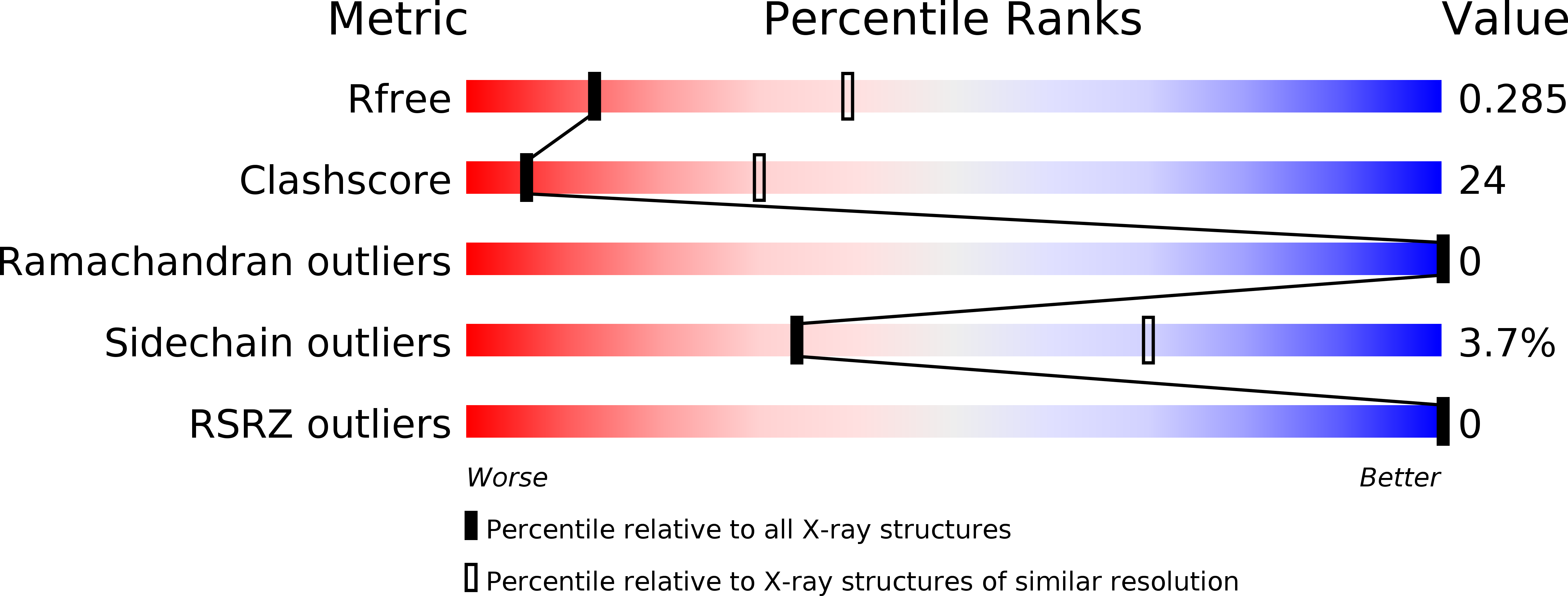
Deposition Date
2007-03-07
Release Date
2008-01-15
Last Version Date
2024-02-21
Entry Detail
PDB ID:
2P2T
Keywords:
Title:
Crystal structure of dynein light chain LC8 bound to residues 123-138 of intermediate chain IC74
Biological Source:
Source Organism:
Drosophila melanogaster (Taxon ID: 7227)
Host Organism:
Method Details:
Experimental Method:
Resolution:
3.00 Å
R-Value Free:
0.29
R-Value Work:
0.20
R-Value Observed:
0.21
Space Group:
P 61 2 2


